Ever wondered if it’s ever too late to learn to skateboard? Whether you’re 25 or 50, skateboarding is a fun and rewarding activity that anyone can enjoy. With the right approach and support, you can master the basics and even progress to more advanced tricks. Learning to skateboard at a skatepark is an excellent choice, offering a safe and structured environment to practice. From finding the perfect spot to understanding the necessary equipment, this guide will walk you through everything you need to know to get started. Not only will you gain a new skill, but you’ll also connect with a vibrant community of enthusiasts who share your passion. So why wait? It’s never too late to embrace the thrill of skateboarding!
Key Takeaways
– It’s never too late to start learning skateboarding—patience, practice, and determination are key to success.
– Balance and coordination are foundational skills that require consistent effort to master.
– Physical fitness is crucial, as skateboarding demands strength, endurance, and flexibility.
– Mental resilience is essential to overcome falls and setbacks while learning.
– Progression is about pacing yourself: start with basics like ollies and kickflips, and build confidence gradually.
– Finding the right spot to practice, observing skilled riders, and joining a community can accelerate your learning journey.
– Utilize resources like tutorials, proper gear, and cultural insights to support your growth.
– Avoid common mistakes such as overexertion, ignoring feedback, and losing enjoyment in the process.
– Prioritize safety with protective gear and adequate recovery time to minimize injuries and enhance longevity in the sport.
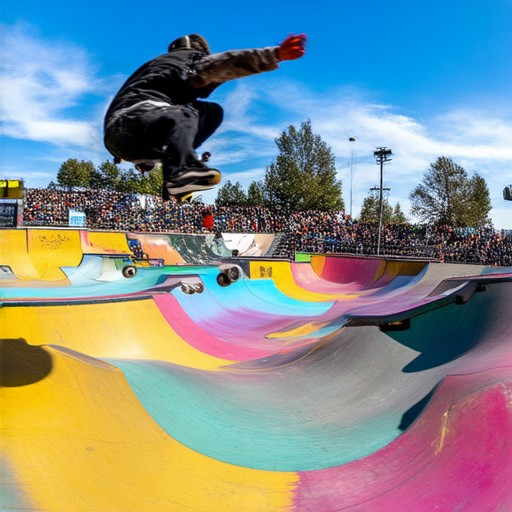
Is 25 Too Old to Learn to Skateboard?
Skateboarding is a versatile and dynamic sport that can be enjoyed by individuals of all ages. Whether you’re 25 or 50, picking up a skateboard is a decision that can bring excitement, physical fitness, and a sense of community. Here’s why 25 is not too old to learn:
- Physical Fitness : While skateboarding does require strength and coordination, it’s accessible to everyone. With consistent practice, you can improve your balance, agility, and endurance over time. Many adults find skateboarding a great way to stay active without the impact of running or jumping.
- Mental Growth : Learning a new skill like skateboarding can challenge your brain in exciting ways. It requires problem-solving abilities, spatial awareness, and quick reflexes. These cognitive benefits can translate into other areas of life, making you sharper and more adaptable.
- Social Connection : Skateboarding communities are often tight-knit and welcoming to newcomers. Joining a local group or event can introduce you to new friends who share your passion for the sport.
- Resources for Adults : There are numerous resources available specifically for adult learners. Websites like Kickflip Boards offer guides, videos, and forums tailored to help adults get started. They also provide information on the latest gear and techniques, ensuring you have everything you need to succeed.
- No Age Limit : Many professional skateboarders started later in life and achieved success. Age shouldn’t be a limiting factor—it’s all about dedication and practice. Remember, it’s never too late to try something new and rewarding.
If you’re ready to give it a shot, visit Kickflip Boards for tips, tricks, and resources to help you get started. Skateboarding is more than just a hobby—it’s a lifestyle that can enrich your life in countless ways.
Where to Practice Skateboarding as a Beginner
Practicing skateboarding requires a safe and suitable location. Here are some recommended spots for beginners:
- Skate Parks: These are specifically designed for skateboarders and offer various features like rails, benches, and smooth surfaces. They are ideal for learning basic tricks and maneuvers.
- Empty Parking Lots: Flat, smooth surfaces like those found in empty parking lots provide a good space to practice without many obstacles.
- City Plazas and Public Spaces: Look for open areas in urban settings where people gather. These spots often have curbs or ledges that can be used for practicing.
- Driveways and Backyards: If you have access to a smooth driveway or backyard, these can be great private spaces to practice without distractions.
- School Campuses: Some schools have designated areas for students to practice, offering a safe and supervised environment.
- Indoor Facilities: During colder months or rainy seasons, consider visiting indoor skateboarding rinks or warehouses that cater to skateboarders.
Always check with local authorities or property owners to ensure you have permission to use these locations. Respect the space and follow local rules to ensure a positive experience for everyone.
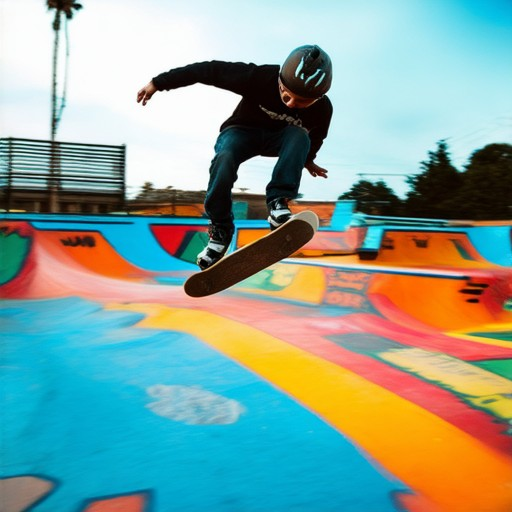
How Should a Beginner Start Skateboarding?
To start skateboarding, begin with the right equipment and a positive mindset. Here’s a step-by-step guide tailored for beginners:
1. Get the Right Equipment
- Board : Start with a softboard or a cruiser model for stability.
- Wheels : Ensure they are aligned and properly attached.
- Grip Tape : Clean and secure on the deck for better control.
- Pads : Elbow, knee, and heel pads offer protection during falls.
- Helmet : Essential for head safety.
- Shoes : Skate shoes with non-slip sole for better traction.
2. Learn the Basics
- Stance : Find your comfort zone with a balanced stance.
- Balance : Practice standing still and shifting weight.
- Pushing : Use your non-dominant foot to push off.
- Coasting : Maintain balance while gliding.
3. Practice Safely
- Flat Surface : Start on smooth pavement or grass.
- Kneel or Sit : Begin by kneeling or sitting until comfortable standing.
- Fall Recovery : Expect falls and use pads to minimize injury risk.
4. Join a Community
- Local Skater Groups : Connect with locals for tips and encouragement.
- YouTube Tutorials : Watch instructional videos for technique refinement.
- Skate Parks : A great place to practice and meet fellow skaters.
5. Progress Gradually
- Set Small Goals : Master basic tricks before advancing.
- Watch Videos : Study foot placement and body positioning.
- Practice Regularly : Consistency builds confidence and skill.
By following these steps, you’ll quickly gain confidence and master the fundamentals of skateboarding. Remember to stay patient and enjoy the journey! For more resources, visit Kickflip Boards .
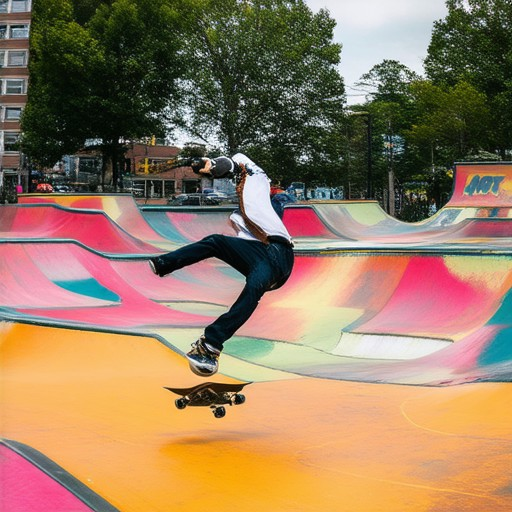
How Difficult Is It to Learn Skateboarding?
Learning skateboarding can be challenging but rewarding with consistent effort and practice. While it may take time to master, many skaters find the process enjoyable and fulfilling.
Key Skills Required
- Balance and Coordination: These are foundational skills that require practice. Balancing on one foot and coordinating movements can be tricky at first.
- Physical Fitness: Skateboarding involves strength, endurance, and flexibility. Building stamina can improve performance and reduce injuries.
- Mental Resilience: Falls and setbacks are common, so staying positive and motivated is crucial. Mental toughness helps in overcoming learning hurdles.
Challenges Faced
- Initial Difficulty: The act of riding a skateboard can feel unstable at first, especially when trying to perform tricks or navigate varied terrain.
- Technique: Mastering the right stance, foot placement, and body positioning takes time. Incorrect technique can lead to falls and frustration.
- Progression: Skating at a comfortable pace is important. Pushing oneself too hard can lead to burnout, while progressing too slowly can lose motivation.
Tips for Progression
- Start Slow: Focus on building a solid foundation before attempting more complex maneuvers. Practice basic moves like ollies and kickflips.
- Find the Right Spot: Start in a safe, open area with smooth surfaces. Avoid crowded places until confidence improves.
- Watch and Learn: Observing experienced skaters can provide valuable insights. Mimicking their techniques can accelerate progress.
- Join a Community: Participate in local skate parks or join online forums to connect with others who share a passion for skateboarding.
Resources to Help You Succeed
- Kickflip Boards Tutorials: Access detailed guides and video lessons to improve your skills step-by-step.
- Proper Gear: Ensure you have the right equipment, including a sturdy skateboard, safety gear, and supportive clothing.
- Skate Culture Insights: Understand the history and values of skateboarding to stay motivated and inspired.
Common Mistakes to Avoid
- Overdoing It: Don’t try to skate for hours straight on your first day. Fatigue can lead to injuries and frustration.
- Ignoring Feedback: Seek advice from experienced skaters or coaches. Their input can help correct bad habits early on.
- Not Enjoying the Process: Remember why you started. Skateboarding should be fun, so enjoy the journey and celebrate small victories along the way.
With patience, practice, and the right approach, anyone can learn skateboarding. The effort you put in will translate into improved skills and a deeper appreciation for the sport. Keep pushing forward, and soon you’ll be ripping it like a pro!
How Long Does It Take to Learn Ice Skating?
Learning to ice skate involves mastering several fundamental skills, and the time it takes can vary significantly based on age, experience, dedication, and access to resources. Here’s a breakdown of what you can expect:
- Beginner Level (6-12 Months): – Balance and Coordination: Mastering the basic stance and balance is crucial and typically takes around 3-6 months. – Stopping Techniques: Learning to stop effectively can take another 2-3 months. – Edge Control: Understanding how to shift weight and control the edges of the blade is essential and may take another month or two.
- Intermediate Level (12-24 Months): – Advanced Stopping: Developing more dynamic stops and turns can take about 3-6 months. – Jumping and Loops: Attempting jumps and loops requires practice and can extend the learning curve by several months. – Combining Moves: Combining these elements smoothly takes time and dedication, often extending the learning period.
- Advanced Level (2+ Years): – Complex Tricks: Landing jumps, spins, and combinations can take upwards of 12-24 months of consistent practice. – Artistic Skills: Developing a personal style and smooth transitions between tricks can take even longer, depending on individual ability and goals.
To accelerate your learning, consider:
- Consistent Practice: Regular sessions at a local rink or ice arena are key to progression.
- Focusing on Basics: Don’t rush advanced techniques; solidify fundamental skills first.
- Seeking Instruction: Working with a professional coach can provide personalized feedback and speed up your progress.
Kickflip Boards offers comprehensive resources for learners of all levels, from beginner guides to advanced tutorials . Check out our rinks directory to find a location near you and get started today!
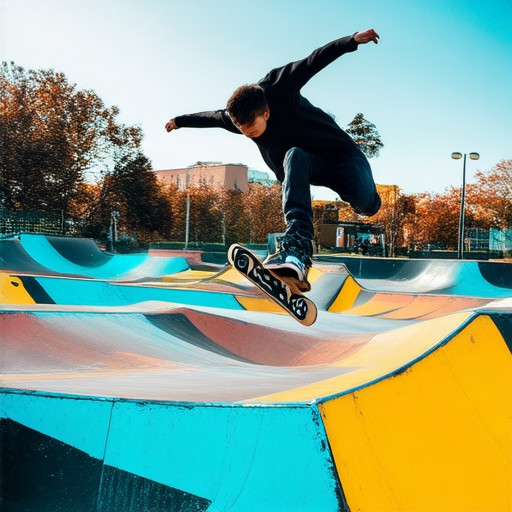
Is Skateboarding Hard on the Body?
Skateboarding places significant physical demands on the body, making it challenging but rewarding for many enthusiasts. While it’s a versatile and accessible sport, it does require proper preparation and care to minimize injury risks and maximize enjoyment.
The physicality of skateboarding involves constant movement, balance, and coordination. Here’s a breakdown of the key aspects:
- Balance and Coordination: Skateboarding requires precise foot placement and body control, which can be demanding on the core muscles and extremities.
- Strength Requirements: Engaging in tricks often calls for explosive strength, particularly in the legs, arms, and shoulders.
- Endurance: Prolonged sessions can deplete energy levels, especially due to the combination of physical exertion and mental focus.
- Flexibility: Regular stretching is crucial to prevent muscle tightness and reduce the risk of injuries from repetitive motions.
Common physical impacts include:
- Muscle soreness, particularly in the legs, back, and arms
- Joint strain, especially in the ankles, knees, and hips
- Injury risks, ranging from minor sprains to more serious fractures or dislocations
- Recovery time, as the body needs adequate rest to heal and adapt
To mitigate these effects, incorporating rest days, stretching routines, and cross-training can help maintain fitness and prevent burnout. Wearing protective gear, such as knee pads and helmets, is also essential for reducing injury risks. Additionally, paying attention to board setup and surface conditions can enhance safety and comfort.
Ultimately, skateboarding’s physical challenges are balanced by its unique thrill and skill development. With proper care and a focused approach, many riders find the effort worthwhile, enjoying both the physical and mental rewards of the sport.
We encourage you to explore the world of skateboarding safely and enjoy the incredible benefits it offers. For more tips and resources, visit us at Kickflip Boards .
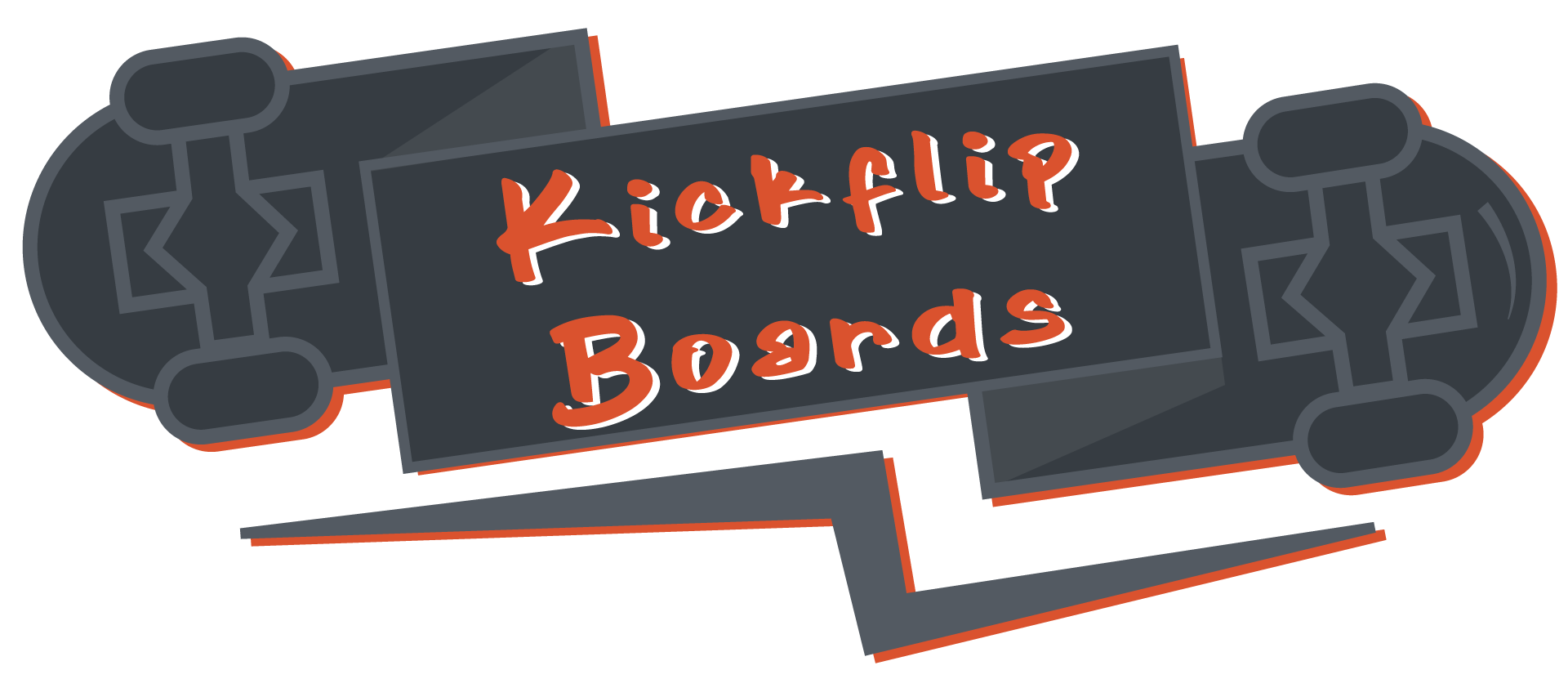



0 Comments